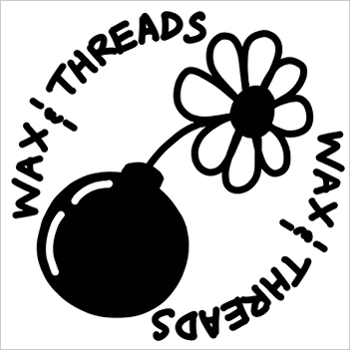How To
How Dealers Find Vintage T-Shirts: Deadstock, Raghouses, Thrifting & More
One thing is for certain when it comes to the vintage clothing business: inventory is hell. Whether you’re a little wet behind the ears, or even a vintage vending veteran – this guide is for you. It’s jam-packed full o’ tips from 10 seasoned pickers. We’ll help you tackle what will always be your biggest challenge: finding product in a highly competitive climate.
As a side note – yes, Defunkd is t-shirt-centric, but this guide also works for vintage clothing in general. If you’re already visiting facilities with vintage inventory, you might as well pick for items other than just t-shirts. Why pass on that East West Leather jacket just because you’ve got a t-shirt fetish? You’re running a business, so the more inventory you pull out of one location, the better.
Now back to competition. It’s a part of every business, but it can be particularly unpleasant in the vintage arena. As we mentioned, inventory is scarce, which means obtaining it can be cut-throat at times. There’s a lot of back-stabbing and conniving that goes on. Talk to any vintage dealer and most will have a few horrific tales about stunts other dealers pulled on them. You’ll also need to consider location, as you’ll frequently find yourself in the same places as others who do what you do. They may immediately see you as an adversary, but try not to adopt that type of ‘tude. Be pleasant and respectful to everyone you meet along the way. Your job will be more fun and you’ll benefit far more from networking and being well-connected than a Scrooge-like imperialist who screws over anyone for profit. Plus, you’ll likely even make a few friends along the way. I did.
Oh, and local vintage dealers and shopkeepers likely won’t help or mentor you. They keep their inventory practices top-secret; and for good reason – it’s their bread and butter. The elusive used clothing mill, for example, is shrouded in secrecy. So settle down, Nicholas Cage – you won’t be handed a treasure map to one any time soon. However, with one part information and one part elbow grease, you’ll get there. I and several other awesome vintage allies have plenty of picking pointers. (Yes, including your best shot at locating a raghouse.) As I said, it’s good to make a few friends along the way.
Thrift Stores

If you’re just getting started, these second-hand shops are your best bet. And they’re not just for rookies. I know several extremely successful vintage dealers who exclusively source most of their inventory this way.
Start by using Google maps to chart a route. I used to hop on my bike once a week and visit 10 shops around my city in a single day. Still, city picking adventures will likely be less successful because of the sheer amount of others also scouring these shops looking for the same stuff. Some vendors embark on picking road trips that last for several days. The remote shops out in the ‘burbs and beyond are often where the good stuff is hiding. Here’s a handy thrift shop directory to help organize your trip. Always be friendly with the staff and find out when they typically put the new (old) stuff out. Some stores choose specific days, others have an ongoing system. If you can, plan your route so you get the first crack at the shops when they refresh their inventory. Once they get to know you’re a regular, some may even flag awesome items they just put out (or are about to put out) on the racks.
Btw, you can really ramp up your hauls by going on a multi-day thrifting road trip.
“You’ll see differences in what you’ll find between good and bad parts of town, other cities, other states and other parts of the country. Get out there and experiment. Create your own method. We like to live out of our car for multiple nights, eating McDonald’s 3 times a day, sleeping in the back seat while parked in sketchy lots, not showering and having beers with strangers (this sentence is brutally accurate).”
– Dereke from @Wax & Threads
Once inside, don’t lose faith in the vintage gods because you haven’t found anything after five minutes. Scavenge that location from head to toe, every time.
“The one thing people might not think of is to check the kids’ section. With the smaller vintage sizing, employees taking a quick glance might think a tee is a kids’ size when it’s not. Among lots of ‘common’ vintage tees, I’ve found valuable Nikes and even a Public Enemy shirt in the boys’ section.”
– Oscar from @Blackmarket Pop
Vintage Clothing Shops

These shops are stylized, tidy, curated thrift stores where all that yucky modern-day crap is filtered out. Yes, they’re more expensive because the staff understands the vintage business. But from time to time the staff may not pay attention to current trends in the online world. When vintage Nike tees suddenly become hot, you’ll be able to pluck a few early so there’s plenty of room for profit. I’d easily pay $45 for one t-shirt if it means profiting $100+ later on. Why not? It’s all about the margins – and if you’re flipping it right away, it’s a quick buck. But this strategy requires advanced knowledge of trends, or you could get burned. I have.
I’ve also found these shops to be handy for finding t-shirts that get hot seasonally – similar to how major league sports teams get a boost during pre-season and especially during playoffs. Paying a premium at these times isn’t a big deal because these items are more valuable at that time and you’re flipping the t-shirt quickly.
And while you’re here, ask the staff if they have any top-shelf merch. A lot of shops also cater to dealers – many of which come from out of town. For example, Japanese dealers go on massive buying trips in major cities. Sometimes the shops are sitting on loads of premium inventory and would be happy to make some sales. You’ll typically have to make an appointment with the shop’s owner for these types of purchases. Be ready to drop some serious cash to make it worth their while. If you only buy two t-shirts, don’t expect another appointment any time soon.
Garage and Estate Sales

While I’ve never had luck at either of these types of events, I’ve heard plenty of amazing stories. Some garage sales are advertised on Craigslist, others only in newspapers, and some are promoted via street-level advertising.
“At garage sales it’s pretty rare that I find anything worthwhile, but it never hurts to ask if they have any old shirts. I feel like most times people at garage sales don’t think old, used shirts are worth anything, which is why so many of them ended up as wiping rags in the garage. So a lot of times they won’t even bother digging them out to put out for sale at that rate. But if you ask, you might get them to go root around and every so often they’ll come up with some. You really never know.”
– Mark from Time Travel Tees
Estate sales are typically advertised in newspapers and there are usually local estate sale-specific websites – so use Google. You can start here. Check them all, map out a route and make a fun day of it. Use your instincts to figure out where to begin. Keep in mind that antique dealers can be aggressive and will aim to arrive early to get first crack at the goodies.
The best way to make these sources worth your while is to seek more than just vintage clothing. Buy any vintage collectible you can scoop up for a deal. You’ll have less competition for clothing at these locations because most customers are typically looking for antiques. The bad news is that people generally donate old clothing so you’re mostly presented with modern-day garb.
“An estate sale is a way of disposing of the contents of a house because the owner (or owners) need to either relocate, down-size, just got divorced or a death in the family occurred, with the last situation being the most common. I have to say that an estate sale is not my #1 choice in hunting that coveted vintage shirt. It is seldom that I encounter vintage t-shirts in estate sales… But when I do, I score big-time! Also, since the organizers don’t see them as a high-ticket item, expect to pay only cents to a couple of dollars at the most.
“Here are some tips that could be handy when you walk in the door:
- The entire house is being liquidated so it is arranged as if someone still lives there. Couches are still in the living room, beds in the bedrooms – you get the picture. Since your mission is to find that priceless shirt that will help you retire early, head straight to the closets. Open the drawers and dressers for folded ones but don’t forget to check the clothes that hang in the closets as well.
- Get ready to get down and dirty. How many treasures again have been found in the garages, attics, and basements?
- Do not ask the price per piece. Go around the house and haul everything you are interested in. When you walk to the check out, you have better haggling leverage if the organizers see that you are buying in bulk.
- Before you head out to pay, go to an area (I usually go to the backyard for natural light) where you can carefully inspect the shirts for stain, holes or any flaws. Estate sales are strictly no returns and no exchanges.
“Remember to tell the organizers on your way out that you are constantly looking for vintage shirts (and clothing)… And maybe at their next estate sales, they will keep it in the closets (not the garbage) for you to rummage through.”
– Rica from ANTIGOs
Flea Markets

Flea markets have a reputation as havens for deadstock vintage inventory. They can also be off-the-grid and void of any vintage clothing. Just like garage sales, stories about major flea market finds are plentiful. But if you’re going to make the flea market rounds, expand your inventory offering – because it’s likely you won’t always leave with vintage clothes. Here’s a good start to finding flea markets.
“My cousin goes to them all the time and is constantly calling me about finding t-shirts. Because he’s there at 7am, I never pick up the phone. But according to him, there’s always someone that has boat-loads of old shirts. In my experience I usually find someone that has one or two here and there; but sometimes you’ll find some gems hidden among a bunch of newer shirts, so it doesn’t hurt to dig. If you find someone that has a couple, it couldn’t hurt to ask if they have any more. Feel free to ask for their contact info if they do – you never know who’s hiding a treasure trove of old concert shirts in their son’s old closet.”
– Mark from Time Travel Tees
Auctions

Despite eBay’s global dominance, there are still real-time, old-fashioned auction houses everywhere. Worry not, you won’t have to travel and sit in the audience for several hours waiting for one item to be up for grabs. Most of them have entered the internet age and have an online component, some even strictly facilitate the bidding via online platforms. Do local searches to find auction houses in your city, but also keep in mind a lot of them provide shipping services too, so broaden your horizons. You can always keep an eye on the premium auction houses: Christie’s, Sotheby’s, and others often feature vintage clothing and t-shirts that you can bid on remotely. But don’t expect to score anything close to retail at these establishments, a Grateful Dead t-shirt fetched $17k at one.
“I’ll give you one of my secrets… Auctionzip.com. You can set up keywords for items you’re looking for and AuctionZip will send you an email when those items are at auctions. Go to the auction house website, register to bid and either enter your highest bid in advance, or come back to the site on auction day and bid live. Occasionally you can score some real deals. Ronnie Wood’s estate sale was on there a couple years ago. I scored a Woodstock tee on it, too.”
– Andy of FatAndyz
Storage Lockers

Yuuuuuuuuuuuuuuuuuuuuuuuuuuuuuup! You can have luck at these too. People often stash their older and more valuable clothes in storage and then forget about them. But the Storage Wars series and the several copycat shows ramped up the interest in lockers to the point where participating in them became too competitive and unaffordable. Plus, you’re going to have to have channels to be able to move everything else you discover there, so if you don’t have that type of infrastructure in place, forget it. That said, it’s not a bad idea to network with storage locker enthusiasts, because you might get a call from them one day if they find something that’s in your wheelhouse. This happened in our community around 2010 when a gentleman discovered a large stash of James Brown Futureshock t-shirts at a locker in Atlanta.
Online

Sorry, grumpy ol’ vintage clothing veterans – in today’s day and age, picking is indeed done online. I used to do it to supplement my inventory. When I operated my Defunkd shop on eBay in 2005, I developed a reputation for my vintage rock and rap tee offering. In order to keep up with demand, I had to acquire tees by any means necessary, since finding them at thrift shops or mills was like looking for a needle in a haystack.
I soon realized I could apply certain well-crafted searches to eBay listings to dig out deals on poly-cotton gold. This discovery was back in the day when the search feature was a little less advanced. At one point, eBay failed to recognize an item listed as a “t-shirt” was the same as something listed as a “tee.” The “tee” version of the search brought about items with far fewer eyes on them because it was a far less popular way to describe the garment. When less people find a listing, you’ve got less bidding competition so the potential for a deal sky-rockets. There were several efficient searches I used to snag deals – spelling errors, complete omission of keywords, etc. Although the method has become less favorable as eBay continues to get better with pointing traffic at even the most poorly-titled auctions. Remember to apply your refined searches to different eBay platforms – the UK domain (eBay.co.uk) is an excellent example. Not every international seller will make their goods searchable in North America so you could potentially be missing out on a plethora of poly-cotton.
“I searched ‘concert’ and ‘tour’ with the following words: t-shirt, jersey, raglan, lot and collection. I also search the plural forms of those and made sure the search was set to worldwide. I use several of the misspelled eBay title search tools out there for inspiration on specific band names. Get creative – if you can think of an alternate way to spell something, other people have too. Yes, people spell Motley Crue with ‘Crew’ and you’d be surprised how often ‘Iron Maiden’ is spelled ‘Iron Maden’. Sometimes people don’t realize they should have ‘vintage’ or ‘vtg’ in the title and they are selling a t-shirt from the ’80s. So use negative searches too – look for vintage tees that aren’t titled properly by putting ‘-vintage’ in the search to force out results that are listed properly. Yes, you’ll have to dig through the repro crap, but there are needles in those haystacks. Make use of eBay’s followed searches and eventually you’ll have an array of strong searches. ”
– Kyle from Stormcrow Vintage
Even without any fancy searches, you can snag serious deals with auctions. Use a sniper tool to bid on your behalf and put in low bids on lots of items. You’ll be surprised at some of your wins. Ever wonder why the big t-shirt sellers on eBay don’t auction items very often? Because there’s a good chance those items can go for way under market value. All sellers have had tees sell at auction at a major loss. We never forgot them, either – they’re like ex-lovers, the ones that got away.
There are plenty of opportunities in cyberspace, so the more creative you are, the better you’ll do. For example, you’ll find higher-ticket tees to flip at a premium at this boutique online auction website for rock memorabilia. Online picking is like real-life picking – look in every corner of the web.
“Being a regular contributor on band forums has paid off for me. Over time folks on the forum can gauge whether or not you are a true fan or just someone looking to score shirts. I’ve had a few fans of my favorite band offer up their lifelong collections to me first. In these cases, I’ve gotten shirts that are 30-to-40-years old straight from their original owners and at great prices.”
– Max from @MaxSnaps
Clothing Mills, Warehouses or Raghouses

The illusion I once had when I donated clothing using those bins near shopping malls is that they end up on some poor kid in Africa. Nope. Well, they might, but if they do, that kid has actually paid for them. Albeit he paid less, but don’t kid yourself – lots of people in between are profiting from your donation.
Prior to landing on a body, those clothes end up at a clothing mill. Think of mills like a Goodwill without a storefront. They don’t deal with the public and they export in quantity. At the mill, staff members are typically situated in front of a conveyor belt sorting used clothing as it passes. Their sorting system uses multiple grades. Jeans, for example, are organized into massive piles, graded, and then wrapped in bales. You may have one massive bale of near-flawless jeans graded #1, and a secondary bale of jeans with more major issues graded #2. Then all those bales are shipped off in containers to the highest bidders. Distressed or heavily damaged items – tees, for example – end up in another pile that is cut up and sold in bulk as rags. They don’t waste a thing.
How to Find Rag Houses Near You
When I first heard mills existed it became my mission to get inside one. I asked others in the business about them and their answers were always vague, “There are a few around, just outside the city…” In the early 2000s and prior, mills were more difficult to find because many businesses didn’t deal directly with the public and were slow to get on the web. I ended up getting tipped off by a retired dealer who said the mills could be found in the yellow pages. These days, however, most of them have websites. If you want to find one close to you, use Google and play around with these keywords in various combos:
- Second-Hand
- Used
- Clothing
- Graders
- Importers
- Exporters
- Textiles
- [Your City]
If you’re in or near a major city that flourishes with importing and exporting because it has geographic or demographic advantages, lots of results should pop up. Mills in more remote locations are fewer and farther between. I’ve spoken with many more people who don’t have a mill in close proximity than do, so, unfortunately, not everyone will be able to access one. Don’t be sad – they can be a touch over-hyped.
So, what next? Make contact with the mill and ask if they allow pickers. If they do, chances are they’ve reserved the picking slots for certain dealers. If there are spots immediately available or you can come and go as you please, it usually indicates the mill is less desirable. But definitely go check it out a few times. The good mills have hierarchies where, typically, you have to wait for an opening or pay your way up for premium access. Chances are there will be a sit-down with you and one of the owners to discuss the business arrangement.
The less desirable ones get the majority of their product third-hand from places like the Salvation Army. The inventory they couldn’t sell is shipped out to mills. Premium mills get product that’s more direct and hasn’t already been sitting on retail shelves for several months. Those are an oasis. The majority of mills are more of a mirage and chances of a bad day are high – sometimes you’ll walk out with no profit to even cover gas and lunch. So make those trips worth your while by really digging and looking for large quantities of small-margin items, rather than expecting to discover single items with huge value. And don’t give up after one bad day as they happen at even the best mills. The gods of vintage don’t always shine down on pickers so gauge your success over several visits, do the math and see if it makes sense. Be friendly with the staff, too. In the past, I’ve asked a few on the sorting lines to keep an eye out for certain items and I’d be surprised with piles waiting for me at the next visit. Tips ensure the piles grow bigger in your absence.
Oh, the stinky part about mills: working conditions aren’t great. You’re in a stripped-down warehouse and subject to either hot or cold temperatures. It can be killer in the middle of the summer. The air quality is poor, everything smells, plus there are clothing fibers, dust and emissions from forklifts floating around. My retired collector friend suffers from asthma after spending a few decades picking. It can also be dangerous with all machinery and massive bales that can tip over. There was even a story floating around Toronto that one time a picker found a live grenade among a pile of clothing.
Remember: you’re working for yourself and there’s no compensation if you get injured. Be careful out there.
“Having some sort of residency in a raghouse can be an amazing opportunity to find gold, but there are a few things to keep in mind. First of all, getting into raghouses can be really tough as there is a lot of competition. Approach a vintage store, ask them if they are hiring pickers at the moment. They will say no, so just come back every week until they say yes. Most people I know in this industry, myself included, got their start in a raghouse by picking for someone else.
“If you’re lucky enough to get in one, here are a couple of tips:
- Always respect the workers. Help them as much as possible. In my experience, a lot of the workers at the rag yards are elderly and they love it when you offer to do some heavy lifting for them.
- Always hit the lowest grade or (trash) – that’s were the gold is 95% of the time! The mint-condition bin is nearly always a waste of time.
- DIG TO THE BOTTOM OF THE BIN!!
- Don’t pick anywhere near other pickers. A no-brainer, really. (It should be common sense, but I have had to tell idiots to eff-all-the-way-off before.)
- Pay attention to where the rag is coming from. If it’s from Texas, get excited. If it’s from Edmonton, Canada, do not get excited…
- Know your competition AND WATCH THEM LIKE A HAWK!
“Haha, not really… but kinda do at the same time. Best-case situation is picking against someone who is after the complete opposite of you. If you can, talk to the owner and ask where your competitors are coming from or if they have stores. Just try and get a gauge on who you’re going to be up against, or if you’re really lucky and have it all to yourself, then you’re laughing!
“Lastly:
- Work hard!! The overflowing t-shirt trash bin with 7,000 t-shirts in there… yep… go to the bottom of that thing! Don’t just scratch the surface. You’re digging for treasure, so dig! I cannot begin to tell you how many times I have watched a picker at a bin go through about 20 t-shirts and leave. Then I come along, spend an hour going through every single tee, and bam! Champion running man. You gotta go to the bottom!! It’s bloody hard work, but you can’t score with a shitty work ethic.
“In a nutshell, be kind and respectful, smile, work hard, don’t walk on others’ toes, and know what you’re picking – which I have no tips for – you just get it or you don’t!”
– Kirby from @DEAD UNION
If you want a sneak peek at the inner goings-on of a clothing mill, check out our virtual raghouse tour.
Deadstock Storages

When excess inventory doesn’t sell, it goes to heaven, a.k.a. deadstock storage. These are the holy grail of inventory discoveries for vintage t-shirt vendors. I’ve been lucky enough to find a few quantities of deadstock inventory in my day. Both were deals I made with one-time merchandise managers for artists in the 1980s. Both had garages filled with boxes of t-shirts. Sometimes they would be paid a bonus in remaining inventory, other times the shirts were bootlegs they confiscated from parking lot vendors. I can’t really offer any advice as to landing one of these gems, as in each case, for me, it was mostly just luck. But if you have any connections in the music or movie merchandising world, or have a relative who was connected to a record store, comic book store, or particular artist back in the day – it’s worth a phone call. They might know a guy, who knows a guy, with a garage…
In closing we’ll leave you with this tantalizing tale of, perhaps, one of the greatest deadstock discoveries in vintage t-shirt history:
“Deadstock shirts? Allow me to explain how I started selling vintage tees in the first place. In 1999, I designed some merchandise for a popular Canadian band from Vancouver (not Nickelback). Their management liked the logo but there was a trademark infringement… It was a parody/spoof design so they couldn’t use the shirts. I only had a small run printed and gave most of them away at a concert in London. Around that time I started selling musical instruments online with good success. About a year later I was searching eBay and discovered one of my promotional shirts I had given away was bid up to $60! It only cost about $5 to make the shirt.
“Immediately I thought of some other designs and took them to a local screen-printer. His studio was in a dark old musty basement and while I was there I noticed a stack of old 3/4-sleeve rock tees. Popular ’80s bands like Culture Club, Iron Maiden, Stray Cats, Ted Nugent etc. I asked if he was interested in selling and the answer was YES. I bought the stack, plus dozens of others scattered in the dungeon at $2 each. Before I left, I asked if he had any more. He took me into a storage room in the back and there were HUNDREDS of shirts. Possibly thousands. Many had been damaged in a flood, but for the most part, they were pristine. Over the next several weeks I’d return and buy a couple hundred tees at a time. When I finally exhausted his inventory, I asked if he knew any others with old stock tees. He did. He introduced me to his friend who’d operated a head-shop since the early ’70s. When he finally took me into his storage facility (it took several months of begging)… I discovered several thousand deadstock t-shirts. Waist-high stacks of licensed and bootleg vintage tees from the ’70s and ’80s. I wasn’t able to steal them for $2 each, but they were definitely worth every penny. I still buy shirts, flags and buckles from this great vendor and occasionally I’ll uncover a small horde of deadstock tees I missed in my haste.
“About 10 years ago, I was ironing a deadstock Rage Against the Machine shirt, preparing it for auction. I noticed a phone number embroidered on the tag. It was for a place called Artimonde Canada. I called the number and asked if they had other deadstock tees. The clerk linked me to their close-out website where they had hundreds of different vintage selections for $3. I bought several thousand shirts, many of which are still for sale in my store. Guns N’ Roses, Black Death Vodka, Dinosaur Jr, Mudhoney etc. Great score…
“There are really no tips for uncovering deadstock tees, although I’m sure there are millions more out there. If I had to find some tomorrow, I couldn’t tell you where to look. That’s one of the fun things that still drives me in this business: it’s like a big treasure hunt.”
– Matt from @TShirt Time Machine
Comments? Have some secret tips of your own? Speak up below!
Jimmy founded Defunkd in 2004 when he started selling vintage t-shirts online. 20 years of experience later and he hasn't looked back since. Actually, he looks back all the time given he's a sucker for nostalgia. For more, check the history of Defunkd and Jimmy's Expertise.
- Jimmy Jhttps://www.defunkd.com/author/admin/
- Jimmy Jhttps://www.defunkd.com/author/admin/
- Jimmy Jhttps://www.defunkd.com/author/admin/
- Jimmy Jhttps://www.defunkd.com/author/admin/


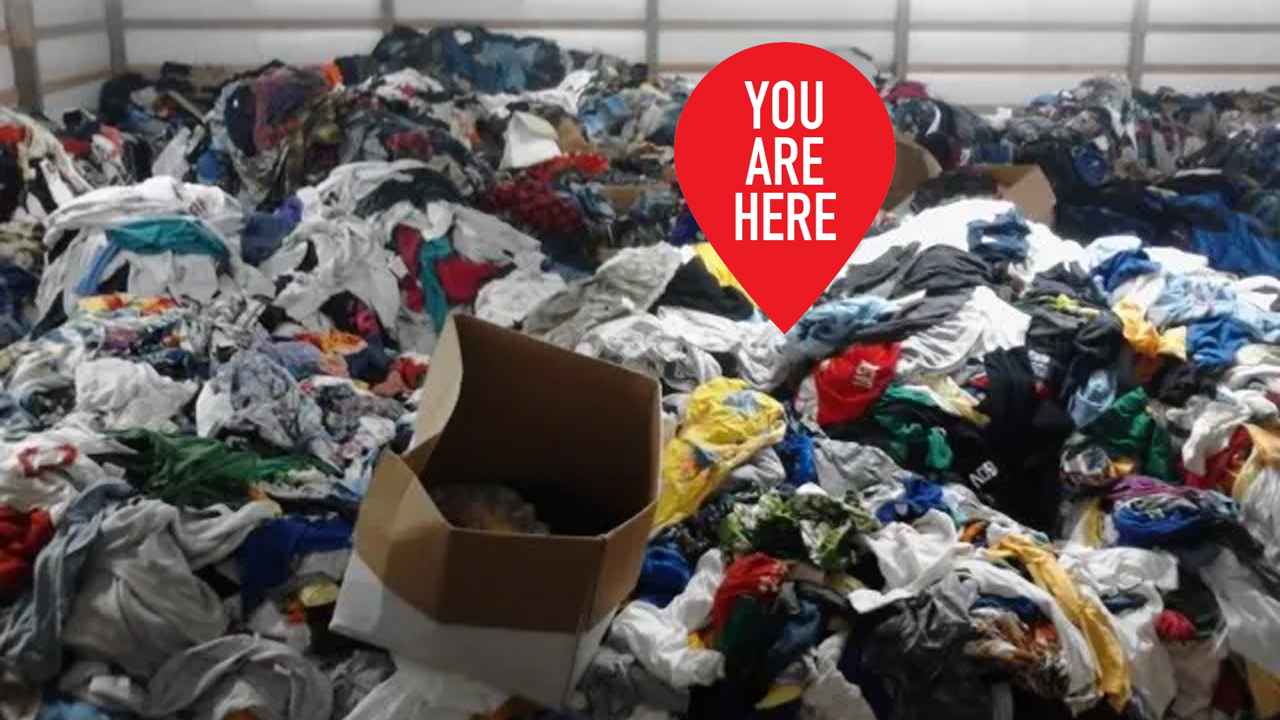
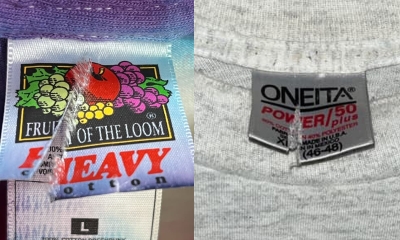
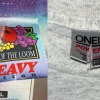
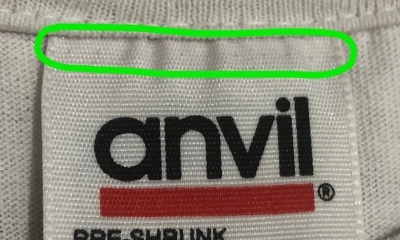
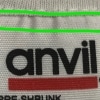
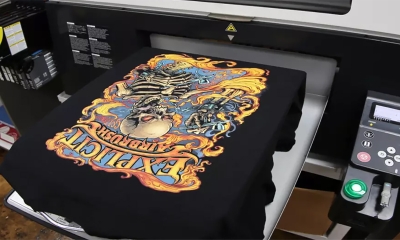
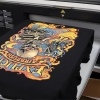




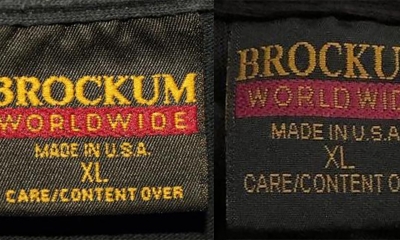
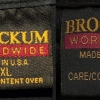




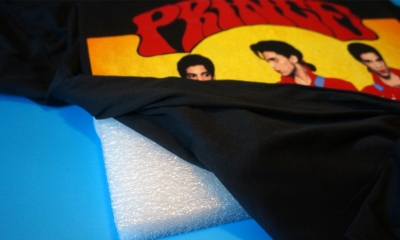

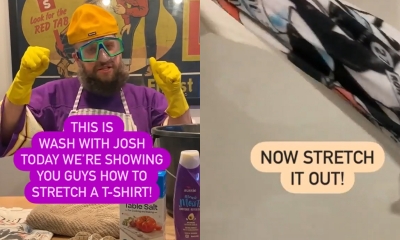



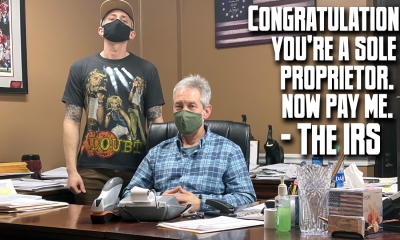

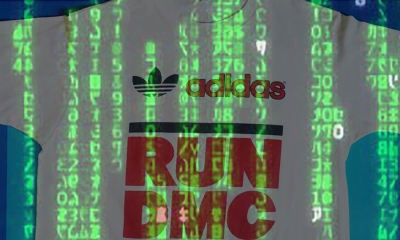
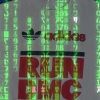
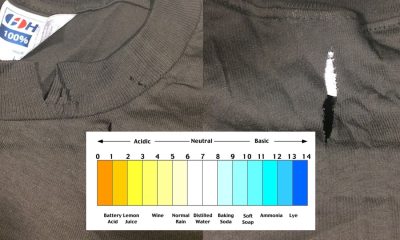
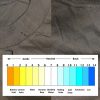
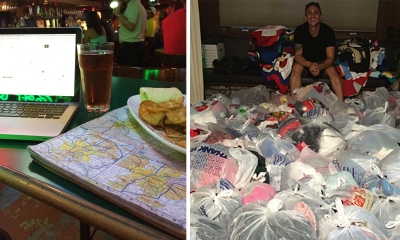

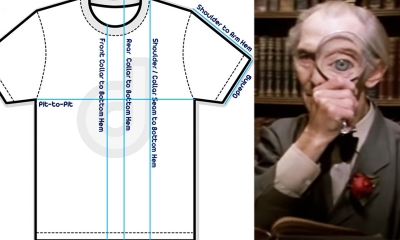





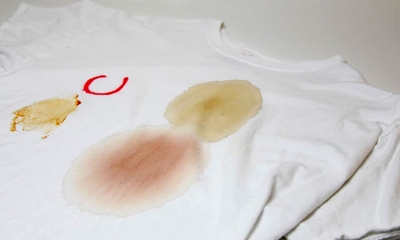




 In this special edition of Heat Check,
In this special edition of Heat Check,
